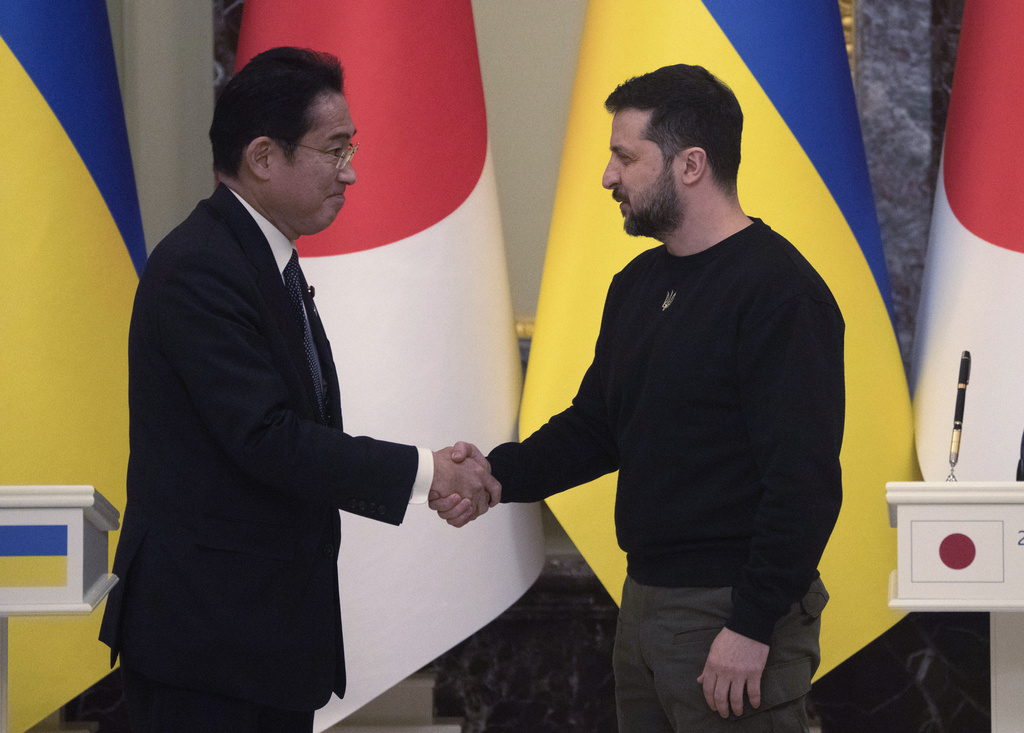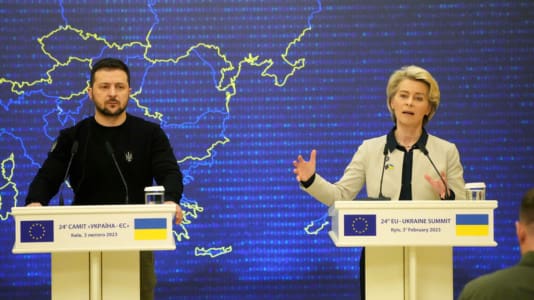China and Japan are once again confronting each other and the days of both concentrating just on economics and trade seem to be over.
It was symbolic of the divide when President Xi Jinping of China visited Moscow and Japanese Prime Minister Fumio Kishida visited Kyiv, a move that exposed the new division taking hold of Asia over the imperial ambitions of both Russia and China.
Xi Jinping is called a friend and a partner by Moscow, even though he feigns neutrality in the war taking place in Ukraine. There is, however, no ambiguity about Japan’s stance. It has backed Ukraine with strong humanitarian and financial support. It was the first time since World War II that a Japanese leader had visited a country that is at war, and he did so because of Japanese anxiety over potential Chinese aggression against Taiwan that would affect Japan and the whole of Asia.
Both China and Japan are reaffirming their traditional alliances. China with Russia and possibly Vietnam, and Japan with the Western powers. Japan is being encouraged by Washington to strengthen its ties with other Asian states as well as NATO countries. It was significant that Japan, South Korea, Australia and New Zealand were present at the last NATO summit, which declared China as a threat to the interests, security and values of the alliance.
This NATO move was seen as hostile in Moscow and Beijing. In a joint communique, the Chinese and the Russians criticized NATO involvement in Asia and the 2021 AUKUS security pact between the U.S., U.K., and Australia, which includes a nuclear submarine element.
It is also worth noting that Japan has normalized its relations with South Korea, leading to shared intelligence on North Korea, and is also considering a constitutional change that would allow it to sell arms and donate used military equipment. Such arms could be supplied to the Philippines, India, Thailand and Malaysia, giving them greater defense potential and greater ability to deter threats.
The Japanese are also modernizing their armed forces and moving away from the principle of non-engagement in external conflicts. It is even developing a long-range rockets program worth €2.8 billion.
Meanwhile, tensions are rising between Russia and Japan. The Russians have announced that they have placed missile defenses in the disputed territory of the Kuril Islands, which the Russians seized at the end of World War II. The militarization of these islands by Russia is obviously a hostile act aimed at Japan.
Tokyo’s change of security policy contains an element of risk. For a long time, Japan was the first power in Asia, but now it lives in the shadow of China. This is why Washington is still pressuring Japan to change course faster still. As a result, both China and Japan are today on a collision course.





